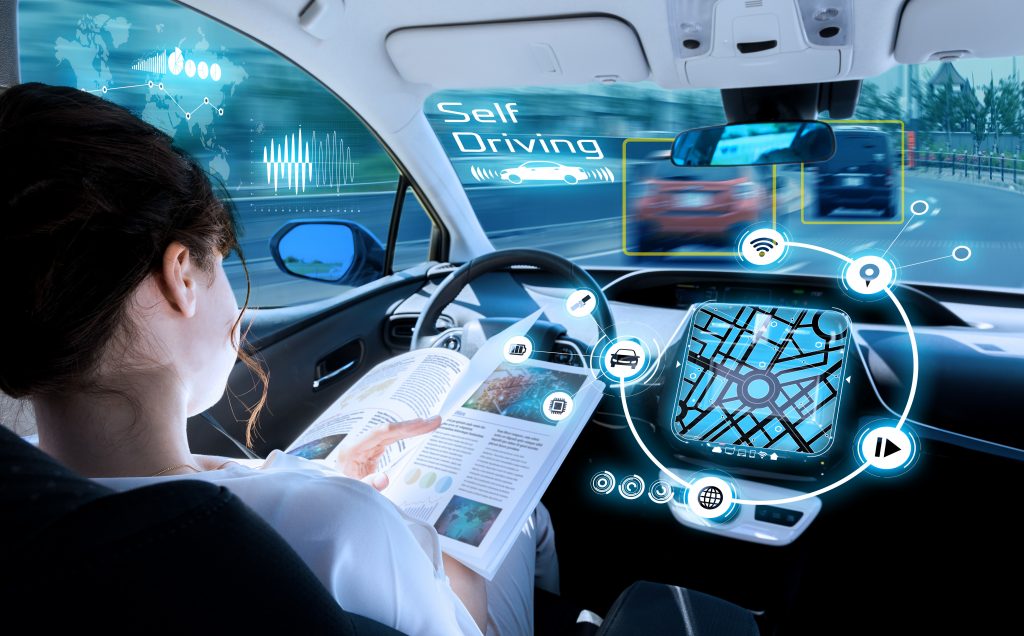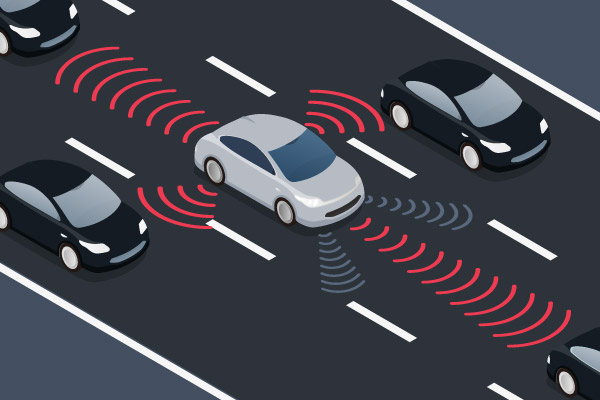The Department of Transport has announced that automated lane-keeping systems (ALKS) are to be legalized on the British motorways by the end of this year. There are still however some specific circumstances under which a driver can switch to the autopilot mode.
In fact, a driver can unwind, read a newspaper, watch a movie and is not obliged to control the vehicle during the ride, but only within the speed of maximum 37 mph (60 km/h). A system keeps the car in a single lane, controls its position and ensures a safe distance from other objects, however when the speed exceeds 37 mph, or when the traffic increases, it automatically demands a human to take over. In such situation, a driver has 10 seconds to react and take the wheel and in case it won’t happen, the vehicle will turn on its hazard lights to warn drivers on the road, reduce the speed and eventually stop the car. Additionally, using ALKS will be only allowed on motorways which is due to the safety precautions (lack of pedestrians and cars moving in the same direction).

Such system is being put under a lot of questions whether ALKS should be actually called as ‘self-driving’. Insurers are of the opinion that government’s definition of ALKS as automated, introduces misleading perception and puts an incorrect picture onto the matter. As the system still requires a driver to take over and be on the alert, their concern is that such naming will cause a lot of misuses of the technology and lead to many accidents which have already occurred in the past. In 2018 there was a fatal car crash where a driver was playing a video game on the passenger’s seat while switching his car on the autopilot. The same year another man was imposed a ban on driving due to Tesla driving him on the passenger’s seat. During his trial he said that “he was unlucky one who got caught”.
Although there is a lot of risks associated with the technology, ALKS are at the same time likely to increase the safety on the road:
“Automated driving systems could prevent 47,000 serious accidents and save 3,900 lives over the next decade through their ability to reduce the single largest cause of road accidents – human error.”
Mike Hawes, chief executive of the Society of Motor Manufacturers and Traders

The UK is striving to take the lead in the autonomous car industry and has anticipated the legalization of automated lane-keeping systems by the end of this year. Will the predictors come true? In 2017 promises to introduce self-steering vehicles by 2021 were also made, which ultimately did not happen. The government however is strongly focused on pioneering autonomous cars in the country and estimates the industry to reach £42bn and hire another 38,000 people by 2035.
Sources:


















